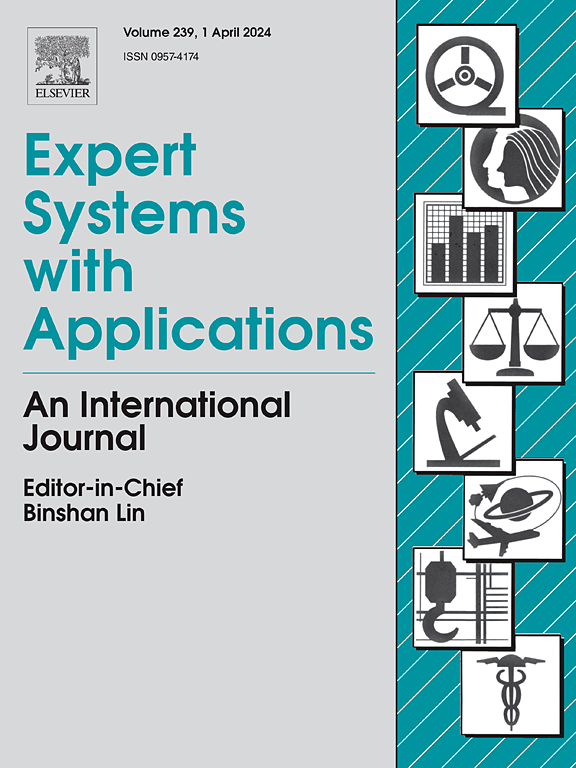Blended-emotional speech for Speaker Recognition by using the fusion of Mel-CQT spectrograms feature extraction
IF 7.5
1区 计算机科学
Q1 COMPUTER SCIENCE, ARTIFICIAL INTELLIGENCE
引用次数: 0
Abstract
Emotions are integral to human speech, adding depth and influencing the effectiveness of interactions. Speech with a single emotion is speech in which the emotional state stays the same throughout the utterance. Unlike single emotion, blended emotion involves a mix of emotions, such as happiness tinged with sadness or a shift from neutral to sadness within the same utterance. In real-life scenarios, people often experience and express mixed emotions. Most existing works on Speaker Recognition (SR), which recognizes the person from their voice, have focused on either neutral emotions or some primary emotions. This study aims to develop Blended-Emotional Speaker Recognition (BESR). In the proposed work, we try to look for emotional information in speech signals by simulating a blended emotional speech dataset for Speaker Recognition. The fusion of the Mel-Spectrograms and the Constant-Q Transform Spectrograms (Mel-CQT Spectrograms) has been developed to extract features. Three datasets, namely the National Institute of Technology Karnataka Kannada Language Emotional Speech Corpus (NITK-KLESC), the Crowd-sourced emotional multimodal actors dataset (CREMA-D), and the Indian Institute of Technology Kharagpur Simulated Emotion Hindi Speech Corpus (IITKGP-SEHSC) datasets are considered for the proposed work. The experimental outcomes demonstrate that the performance of the BESR system using blended emotional speech improves the fairness of Speaker Recognition.
求助全文
约1分钟内获得全文
求助全文
来源期刊

Expert Systems with Applications
工程技术-工程:电子与电气
CiteScore
13.80
自引率
10.60%
发文量
2045
审稿时长
8.7 months
期刊介绍:
Expert Systems With Applications is an international journal dedicated to the exchange of information on expert and intelligent systems used globally in industry, government, and universities. The journal emphasizes original papers covering the design, development, testing, implementation, and management of these systems, offering practical guidelines. It spans various sectors such as finance, engineering, marketing, law, project management, information management, medicine, and more. The journal also welcomes papers on multi-agent systems, knowledge management, neural networks, knowledge discovery, data mining, and other related areas, excluding applications to military/defense systems.
 求助内容:
求助内容: 应助结果提醒方式:
应助结果提醒方式:


